Science Visualized
-
 Physics
PhysicsCO2 from champagne bottles can form shock waves like those seen in rocket exhaust
Popping a bottle of bubbly releases a plume of dry ice that bears a visible type of shock wave called a Mach disk.
-
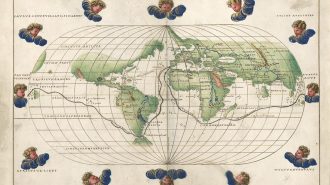 Science & Society
Science & SocietyHow circling the globe has evolved in the 500 years since Magellan’s famous trip
Humankind has found new and improved ways to circle the globe in the five centuries since Magellan set sail.
-
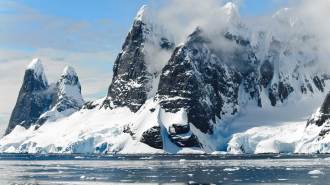 Earth
EarthA new map is the best view yet of how fast Antarctica is shedding ice
Stitching together data from several satellite missions allowed scientists to create the most comprehensive map of Antarctic ice flow ever.
-
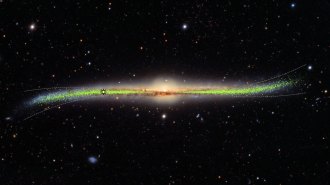 Astronomy
AstronomyA 3-D map of stars reveals the Milky Way’s warped shape
Our galaxy flaunts its curves in a chart of thousands of stars called Cepheids.
-
 Life
LifeMapping how the ‘immortal’ hydra regrows cells may demystify regeneration
In the continually regenerating hydra, fluorescent markers help researchers track stem cells on the way to their cellular fate.
-
 Astronomy
AstronomyNASA’s Chandra X-ray telescope celebrates 20 years in space
The U.S. space agency has released new images for the Chandra X-ray Observatory’s 20th birthday.
-
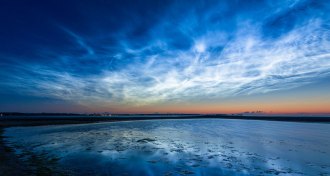 Earth
EarthNight-shining ‘noctilucent’ clouds have crept south this summer
Clouds high in the atmosphere that catch the sun’s rays even after sundown may be seen farther from the poles due to an increase in moisture in the air.
-
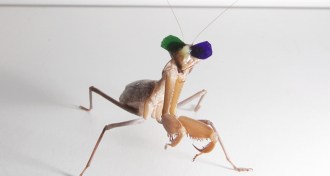 Health & Medicine
Health & MedicineTiny glasses help reveal how praying mantises can see in 3-D
Newfound nerve cells in praying mantises help detect different views that each of the insects’ eyes sees, a mismatch that creates depth perception.
-
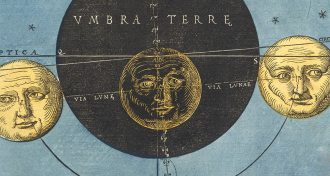 Planetary Science
Planetary ScienceSee how visualizations of the moon have changed over time
To celebrate the 50th anniversary of the moon landing, here’s a collection of images that show how the moon has been visualized over the ages.
-
 Neuroscience
NeuroscienceA 100-hour MRI scan captured the most detailed look yet at a whole human brain
Researchers report ultraprecise imaging of a postmortem human brain.
-
 Astronomy
AstronomyWatch the oldest surviving film of a total solar eclipse
A short film of the 1900 total solar eclipse was restored by conservation experts and is now available to view online.
-
 Health & Medicine
Health & MedicineOne number can help explain why measles is so contagious
The basic reproduction number, or "R naught," of measles shows how contagious the disease is compared with other pathogens.